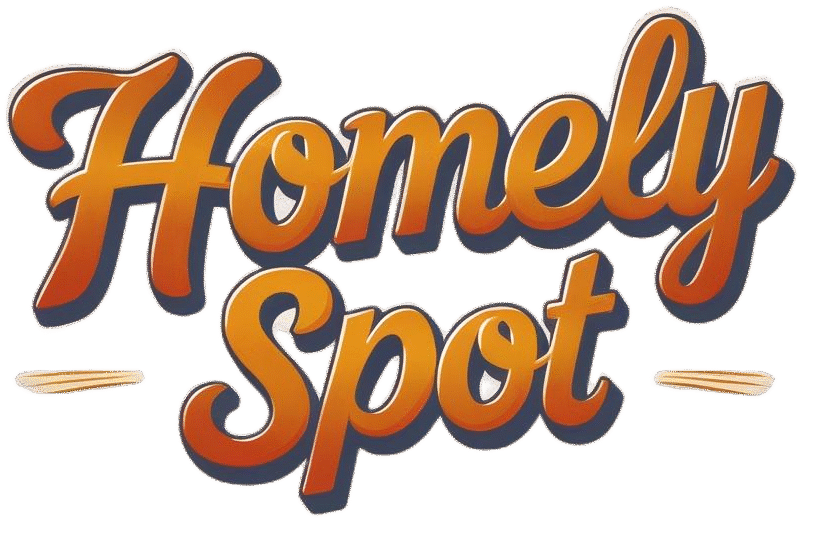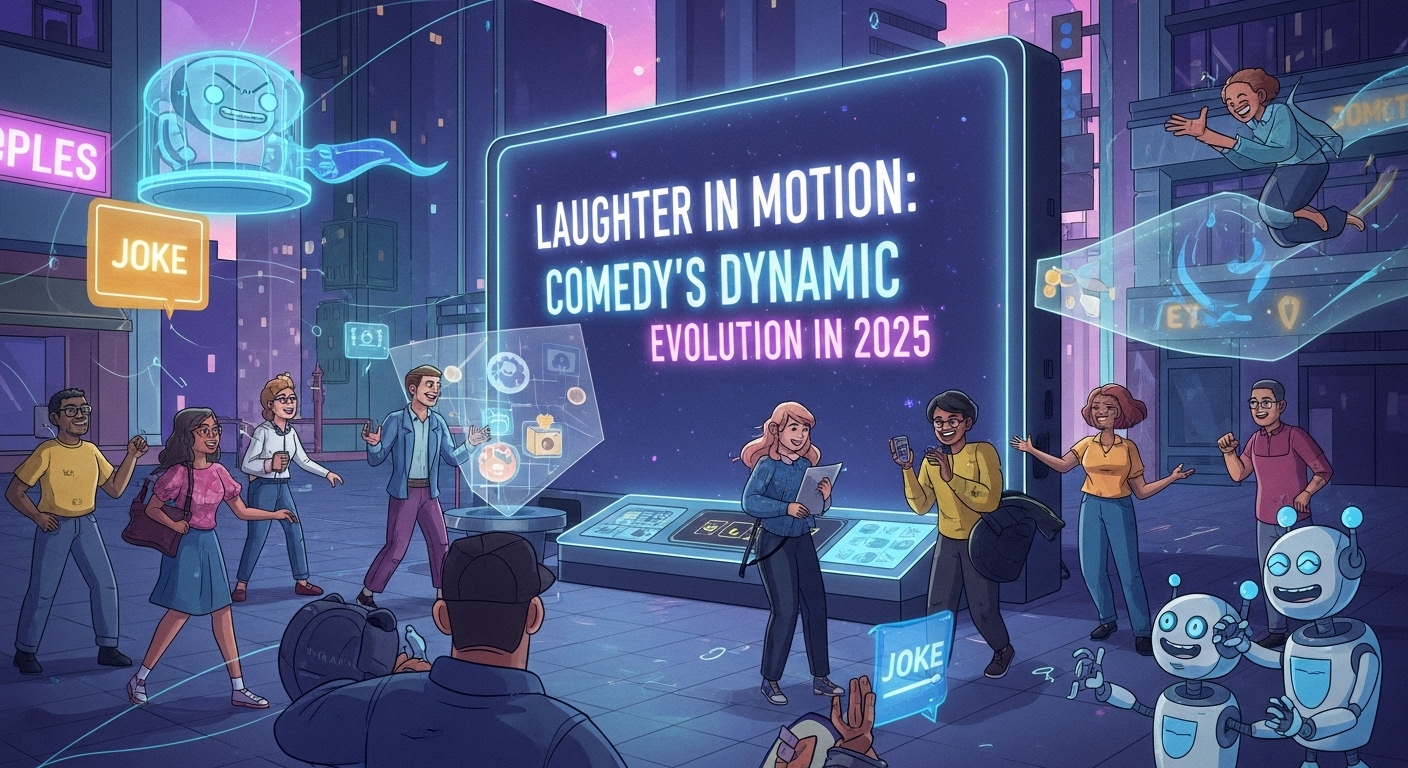In a world often fraught with seriousness, challenges, and the weight of daily life, “comedy” stands as a vital counterpoint – a universal language designed to amuse, provoke thought, and ultimately, bring joy. From the ancient Greek stage to modern digital shorts, the act of making people laugh is a powerful force that transcends cultures, ages, and even language barriers. As of mid-2025, the landscape of comedy is more vibrant, diverse, and technologically integrated than ever, affirming its indispensable role in society.
The Nuances of Humor: Beyond the Punchline
At its core, comedy is a genre of dramatic works, performances, or expressions intended to be humorous or amusing by inducing laughter. But it’s far more nuanced than simply telling a joke. Effective comedy often involves:
- Observational Acuity: Highlighting the absurdities, ironies, and relatable experiences of everyday life. This forms the bedrock of much of modern stand-up.
- Exaggeration and Absurdity: Taking a situation, character trait, or idea to its extreme for heightened humorous effect, often venturing into the surreal.
- Satire and Parody: Using humor to critique, mock, or comment on societal norms, politics, institutions, or specific works of art. This form of comedy often serves a crucial role in public discourse, as evidenced by its use in major marketing campaigns in 2025 that poke fun at industry “BS” or leverage self-aware branding.
- Physicality (Slapstick): Relying on exaggerated physical actions, pratfalls, and visual gags to elicit laughter – a timeless comedic technique.
- Wordplay and Wit: Clever use of language, puns, double meanings, and quick, intelligent retorts.
- Relatability: The humor often lands hardest when the audience recognizes themselves or their experiences in the comedic scenario, fostering a sense of shared understanding and connection.
- Timing and Delivery: The rhythm, pacing, and precise delivery of comedic material are paramount to its effectiveness, turning a simple premise into a roaring success.
A Legacy of Laughter: Comedy’s Enduring Journey
The history of comedy is as old as human civilization itself:
- Ancient Roots: Ancient Greece formalized comedy, with playwrights like Aristophanes using “Old Comedy” to satirize politicians. Court jesters in medieval Europe used humor to subtly challenge authority.
- Shakespearean Forms: William Shakespeare’s comedies featured mistaken identities, clever servants, and happy endings.
- Modern Era Beginnings: The 19th century saw the rise of the “wit” in literature and the emergence of vaudeville and music halls. Early 20th-century cinema created global stars like Charlie Chaplin, who mastered silent, physical comedy.
- Stand-Up and Television Boom: The mid-20th century saw the explosion of stand-up comedy and television sitcoms, bringing comedic characters and scenarios into millions of homes.
- Digital Age Transformation: The internet and social media have democratized comedy, allowing creators to bypass traditional gatekeepers. Platforms like YouTube and TikTok are breeding grounds for new comedic voices, viral trends, and diverse formats.
The Power of Laughter: Why Comedy Matters in 2025
Comedy is more than just a source of entertainment; it plays several vital roles in society:
- Stress Relief and Well-being: Laughter is a powerful coping mechanism. It’s a natural stress reliever, releasing endorphins, boosting mood by increasing dopamine, and providing a temporary escape from distressing emotions. Research in 2025 continues to highlight laughter’s benefits for mental health, including improved sleep quality and reduced anxiety.
- Social Commentary and Critique: Comedians often act as modern-day jesters, speaking truth to power, highlighting absurdities, and challenging societal norms in ways that more direct criticism might not. Satirical news programs and online skits blend humor with current events to engage audiences and provoke thought, making heavy topics more accessible and fostering critical thinking. As some news cycles feel like parody, comedy provides a crucial lens for processing chaos.
- Unification and Community Building: Sharing a laugh creates a sense of shared experience and reality, fostering bonds between individuals and within communities. It can bridge divides and provide common ground, even enabling conversations on sensitive topics by showing a safe way to express feelings and reducing defensiveness. This communal aspect of laughter remains one of its most enduring strengths.
- Coping Mechanism for Adversity: Humor helps individuals and societies navigate adversity and process difficult or even traumatic situations. It can provide emotional distance from problems, reframe experiences, and strengthen resilience, offering a vital psychological tool in challenging times.
- Reflecting Society: Comedy acts as a mirror, reflecting our values, anxieties, and changes in social discourse. The evolution of comedy styles and acceptable topics often mirrors societal shifts and cultural conversations, offering insights into contemporary life.
Comedy in 2025: Trends and the Future of Funny
As of mid-2025, the comedy landscape is as vibrant and diverse as ever, with several key trends shaping its future:
- Creator Economy Dominance: Social media platforms remain crucial for comedians to build a direct audience, test material, and go viral. TikTok trends, in particular, showcase rapid-fire comedic insights and relatable observations. Popular “sound bites” from TikTok are turning into widespread trends, with creators exaggerating emotional shifts for comedic effect, as seen in the “That’s awesome, congratulations” audio trend. This allows emerging digital creators to reach massive audiences and transition to traditional live stages.
- Hybrid Formats and Storytelling: Stand-up is increasingly blending with personal storytelling, musical elements, theatrical staging, and even performance art. Comedians are weaving deeper narratives into their acts, fostering a stronger connection with audiences who appreciate authenticity and engaging with the comedian’s personal experiences. Live podcast recordings are also gaining immense popularity, offering a blend of intimacy and live performance.
- Digital as a Launchpad to Live: Many comedians are leveraging their online success to transition into traditional live performances. Comedy clubs and festivals, like Just For Laughs (which announced its 2025 “New Faces” lineup including digital creators), are actively booking internet-famous acts, recognizing the value of their established digital fan bases and bringing a fresh, tech-savvy audience to live stand-up.
- AI’s Emerging Role (Assisting, Not Replacing): While AI can generate basic jokes, analyze audience reactions (through sentiment analysis), and assist with brainstorming or refining material, the nuanced understanding of human emotion, timing, and cultural context required for truly great comedy still firmly resides with human creators. AI is becoming a powerful creative partner and analytical tool for comedians, rather than a replacement. Debates like “Humans vs. AI Comedy Roast Battles” demonstrate AI’s growing wit in real-time adaptation, but also highlight its current limitations in empathy, genuine surprise, and the ability to truly “think” rather than sophisticated pattern match.
- Increased Diversity and Representation: The comedy scene is actively becoming more inclusive. More comedians from diverse backgrounds – varying ethnicities, sexualities, and life experiences – are taking to the stage and gaining prominence. This shift makes comedy more relatable and interesting for everyone, enriching the art form by bringing fresh perspectives and challenging old stereotypes.
- Humor in Marketing and Brand Engagement: Brands are increasingly leveraging humor in their marketing campaigns. Statistics show that over 90% of people globally prefer brands to be funny, and a significant majority remember brands that make them laugh. This indicates a growing understanding of humor’s power to connect with consumers and drive engagement, especially with younger demographics. Campaigns like State Farm’s “Batman vs. Bate-man” and Duolingo’s self-aware “Death of Duo the Owl” campaign (both in 2025) have garnered widespread acclaim for their comedic effectiveness.
Comedy is a fundamental human need, a coping mechanism, and a powerful form of expression. Its ability to unite, to challenge, and to simply make us laugh ensures its enduring and vital role in the complex human experience.

